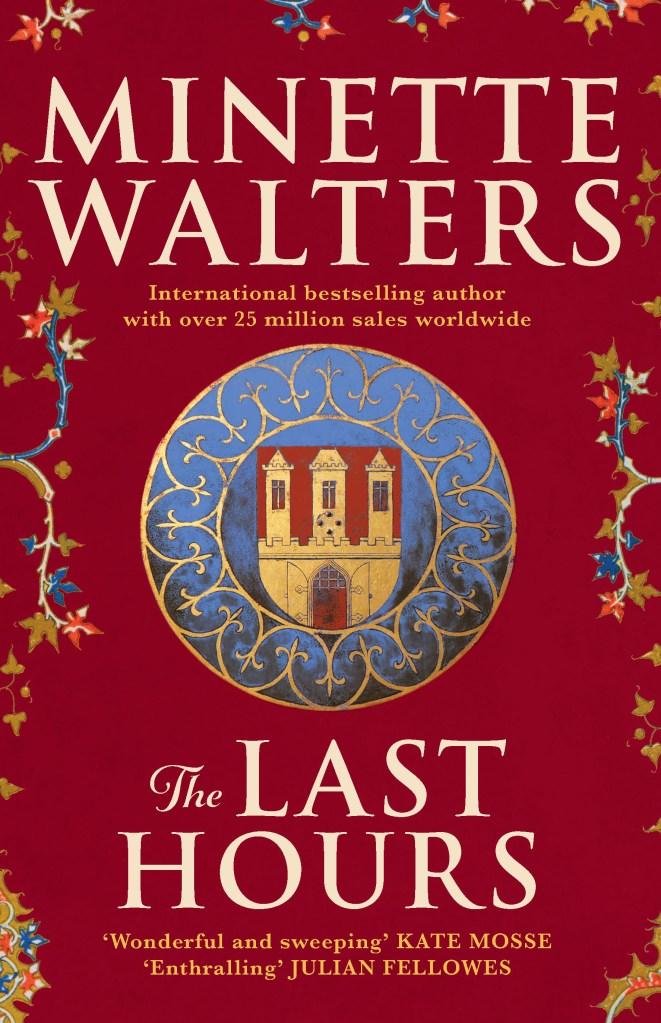
The Fell reads a bit like several interwoven stories, each from the perspective of a different character. The single day setting of the book gives it more of a short-story feel, in that you only get glimpses of the past while the immediate future is left up in the air. This concentrates the tension of what happens when Kate goes for a walk and seems to disappear.
The story is set in a small town in the Pennines where Kate lives with her son Matt and they’re just scraping by. Kate works as a waitress and she does a bit of pub singing, but that’s all come to a halt since a contact at work has become ill with the Covid virus and she’s forced to take a couple of weeks off and to isolate at home.
This is hard for Kate as she’s a keen walker. She’s up on the paths into the wilderness near her home normally every day. She loves nature and living her life with care for the environment. As we meet her, she’s running out of money and there’s not much in the cupboards, certainly not a lot to feed a hungry fifteen-year-old. The house always seems to be cold adding to the sense of times being tough. So you can’t blame Kate for escaping her worries in a fit of desperation and striding up the path to the fell. She only plans a quick walk before dark, but something happens and she doesn’t return.
The story flips from Kate’s character to Matt’s, a caring kid who worries about his mum. As time goes by, he is torn between phoning for help and the fear that his mother would be in terrible trouble. She could face a huge fine they can ill afford, so the hours tick by and Matt waits. He hesitatingly visits next door where Alice is also finding things tough.
Recently widowed, Alice has dinner with her daughter via Skype, but since her battle with cancer, her daughter never stops pestering her about her health. Even though Alice is on her own, it’s like someone is always peering over her shoulder, making her feel guilty about baking all those cookies and not taking better care of herself. She misses her friends and trips to town, stuck at home because of her age and vulnerable health.
The fourth narrator is emergency rescue responder Rob. Now divorced, he should be at home with his teenage daughter – it’s his rostered weekend. But when the call comes through that a walker’s gone missing, he knows his duty is to the missing woman. Kate has a teenager at home too – probably worried sick. Imagine if that was his daughter. He’s torn but it’s a life and death situation – with chilly November temperatures, hypothermia could be fatal if they don’t find Kate soon.
Moss has created four very believable and empathetic characters in a situation many of us will recognise. This is the first book I’ve read that where the Covid pandemic as a key part of the story, not just an interesting background. She conjures up the anxiety, isolation and insecurity felt by many during those difficult times. And also the obsessiveness: the bread baking and the sanitising of groceries.
You get the sense that everyone is battling themselves – to say nothing of social media shaming – doing the right thing on the one hand while desperate for some relief on the other. Some tiny treat. I remember that feeling well. Whether it’s just getting out of your house, playing computer games or eating cookies for dinner.
The Fell’s a short book, and you plough through the pages to see what happens next. I would have liked at least an epilogue to see if all that worry was justified and because I felt so invested in the characters I wanted a little bit of optimism for them. Something for them to look forward to. But this is a perfectly pared down story, and those focussed anxieties don’t let up until the end.
The Fell is also one of those books where there are no quotation marks, which kind of works, adding to that stream of consciousness narration, and I did get used to it. Eventually. The chapter headings are all lower case, which makes them oddly emphatic. But all this vanishes as you read, because of your connection with the characters. If it isn’t too soon for you to read a Covid novel, give this one a go. At the end of the day, it’s just a darn good story – and a four out of five read from me.

